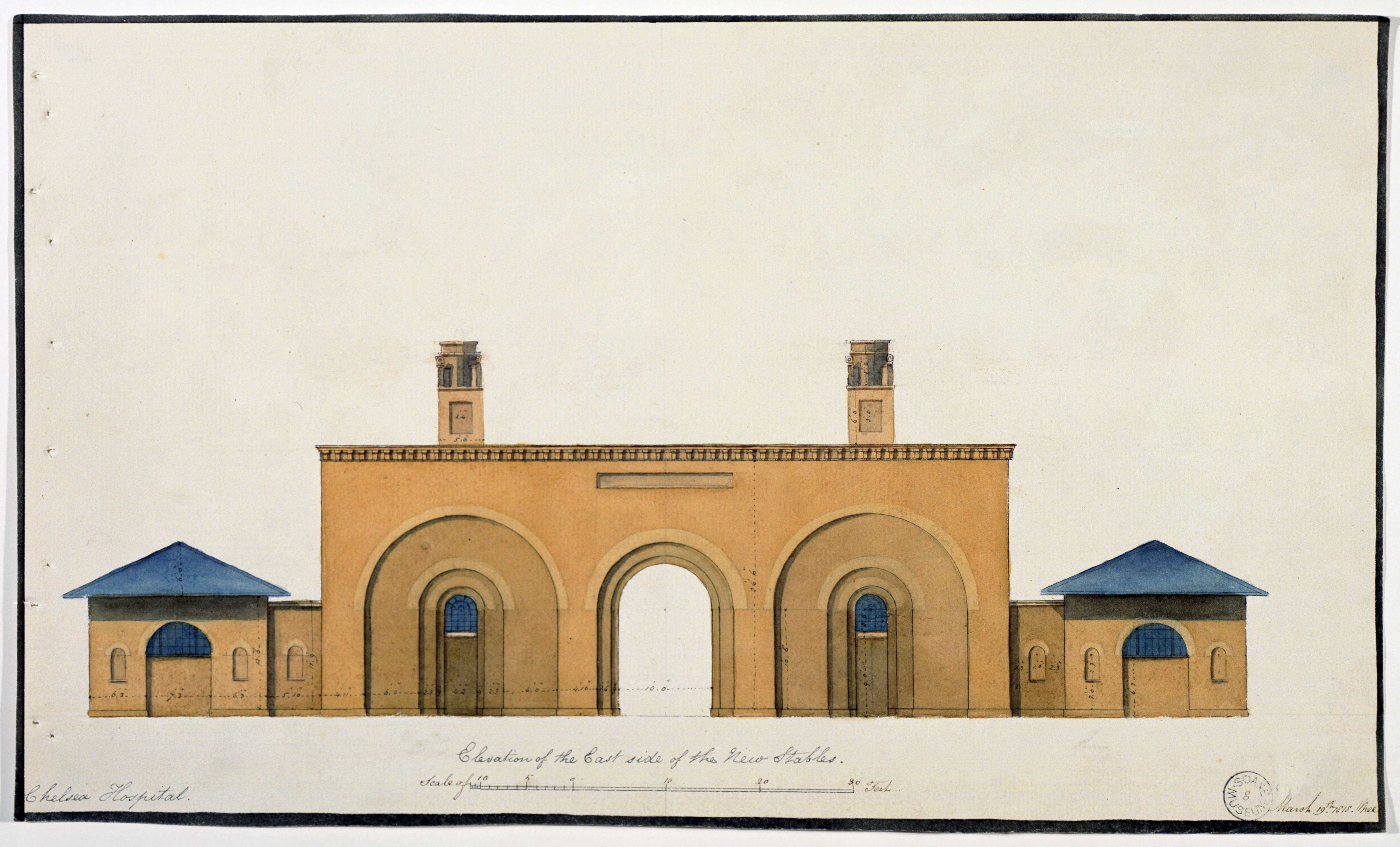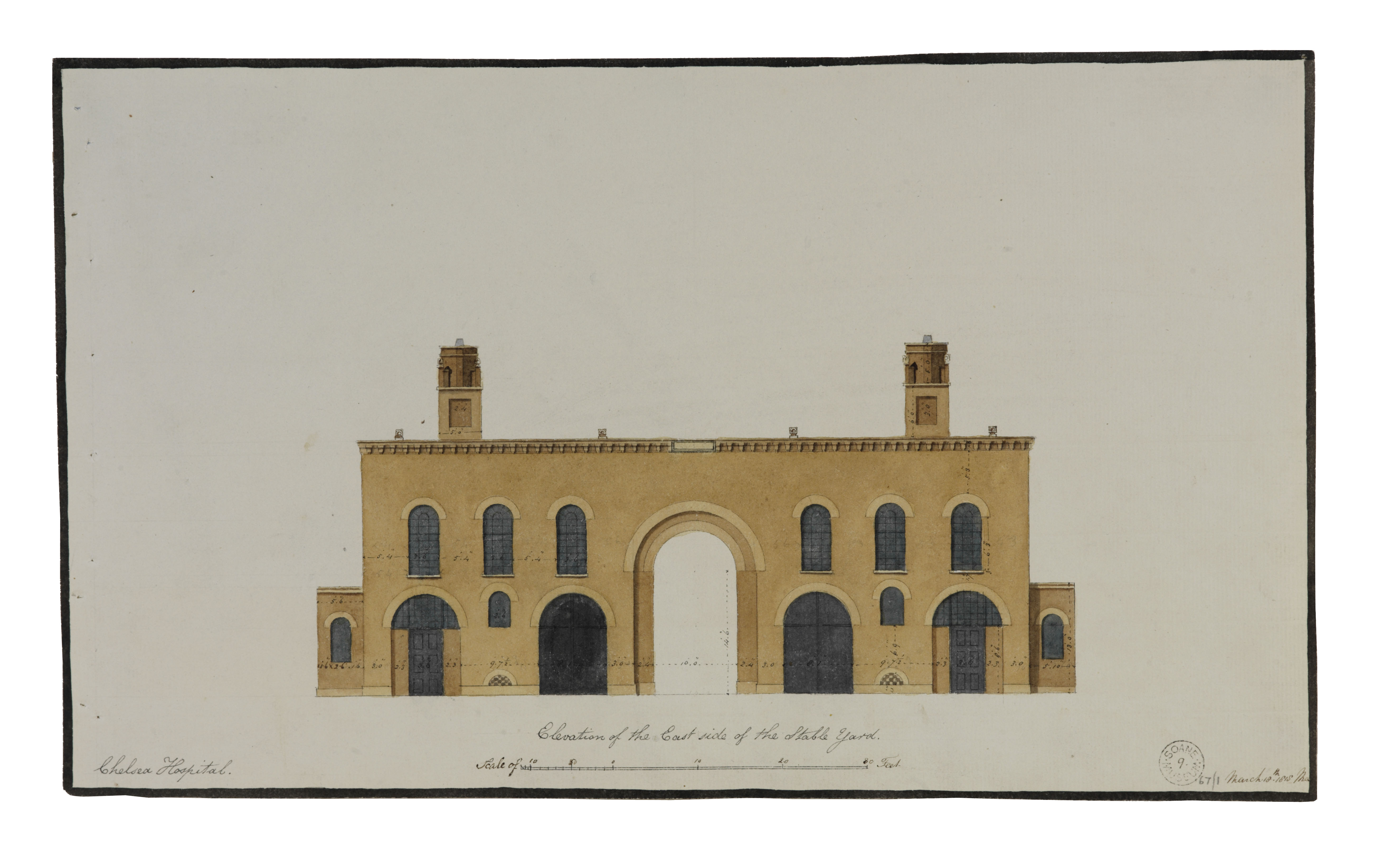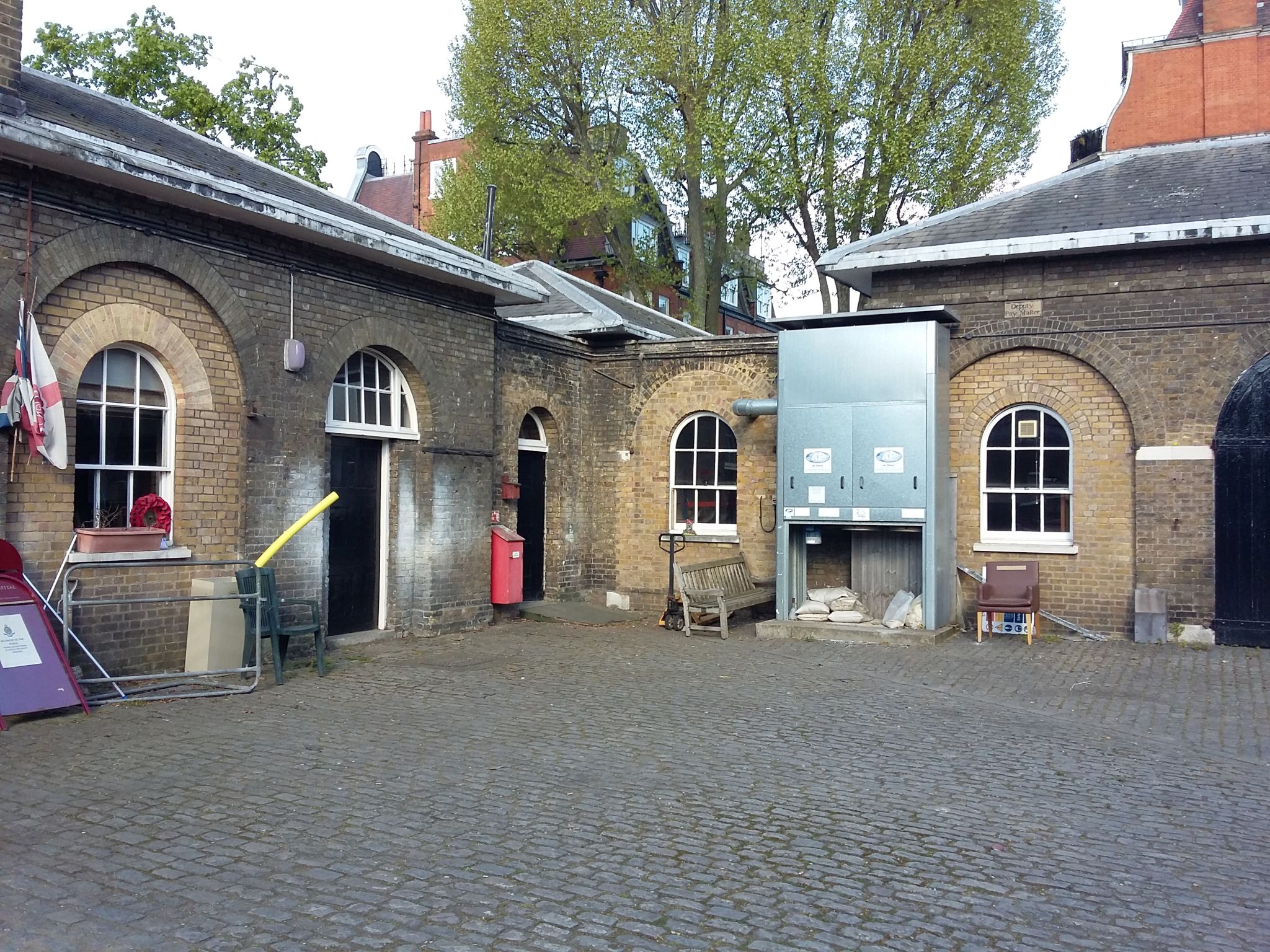Laura Morgante, PBA director and conservation architect, has been interviewed about our work at the Royal Hospital Chelsea Stable Block and the challenges facing the project.
What was it like preparing and planning for the project?
It was easy to get approved and to get people on board because it was putting a beautiful building, designed by an incredible talented architect Sir John Soane, back into use. It had been left for a very long time and now it is going to be open to the public, so these are such positive things.
When we got to work on the building in earnest, we really studied it in detail. We studied the history of the place, how it developed from demolition of Wren’s stable which was in the same spot, and the very many modifications the building had over time.
What did you find when you got inside the building?
Once we got inside the building, I realised, as a conservation architect, that we needed to take out all the parts of the building that were added in the 60s and rediscover the nature of the building.
In the 60s, they added to it and they covered things up. They closed off a lot of the arches and they changed the colour of the windows, so they were all black. Now they’re white so we are going back to an image that is what Soane had in mind.
Do you have all the images of the building as it was, or did you have to work that out?
Yes, there are pictures. Soane was very good at recording what he did, and he created beautiful drawings. All the original drawings are at the Soane Museum, so we have those to work from. They are beautiful drawings, really beautiful.


Were there any other challenges that stand out from this particular building?
The requirement to be accessible – the original sets or cobble stones in the floor were quite a difficult element to work with to make it fully accessible. We had to include some new sets, that are flatter.
But interestingly, the building sort of revealed itself to be much more accessible that we thought, because we found that in the 60s they put concrete on the original floors. In fact, a lot of the differences in levels between the inside and outside were made in the 60s, so we took that concrete away.
So, as we understood the building better, some of the challenges disappeared. In the end accessibility was easier that we thought, but only because we came to understand what happened in the building. We interrogated the building in the right way to find out more.

Were there other big surprises along the way?
Many actually. We found out before we started that many of the ceilings had asbestos in the panels. So, as part of the enabling work, we removed the ceilings and found that all the roof structures were still there.
Much of it was covered by a lovely lime wash finish, like a creamy grey colour. That lime wash on a pine structure is really nice, so these ceilings are going to be visible in the cafe. We had the drawings of all the big roof structures, but they were invisible until we removed the ceilings. It’s so nice that visitors will be able to see them when it’s finished.

What other major milestones should we look out for in the next few months?
We have the new “limecrete” delivered soon which is a new base layer for the floors. Instead of concrete, this is a very green material. It is just lime and sand, and it is really breathable. It should reduce the moisture on the building walls, so this will be a very positive change for the building.
Then we are putting on lime floors. So instead of using cement on the floors we are using that. It is a floor that comes from Italy and was well known here in Roman times but has been a bit forgotten about.
What were the key things you needed to add to turn this into a modern visitor experience?
All the services are in and finalised. We need all these cables to run in conduits to provide data and Wi-Fi into the building and this is happening now.
These are going to help transform the place from a humble storage place to a high spec museum and exhibition space. There will be projection of images on walls and the services are going to enable the creation of immersive spaces. The Stable Yard buildings are going to be a really different building to experience.
Follow the link below to read the interview in full and see the periodic project updates:
Soane Stable Yard Works | Royal Hospital Chelsea (chelsea-pensioners.co.uk)


